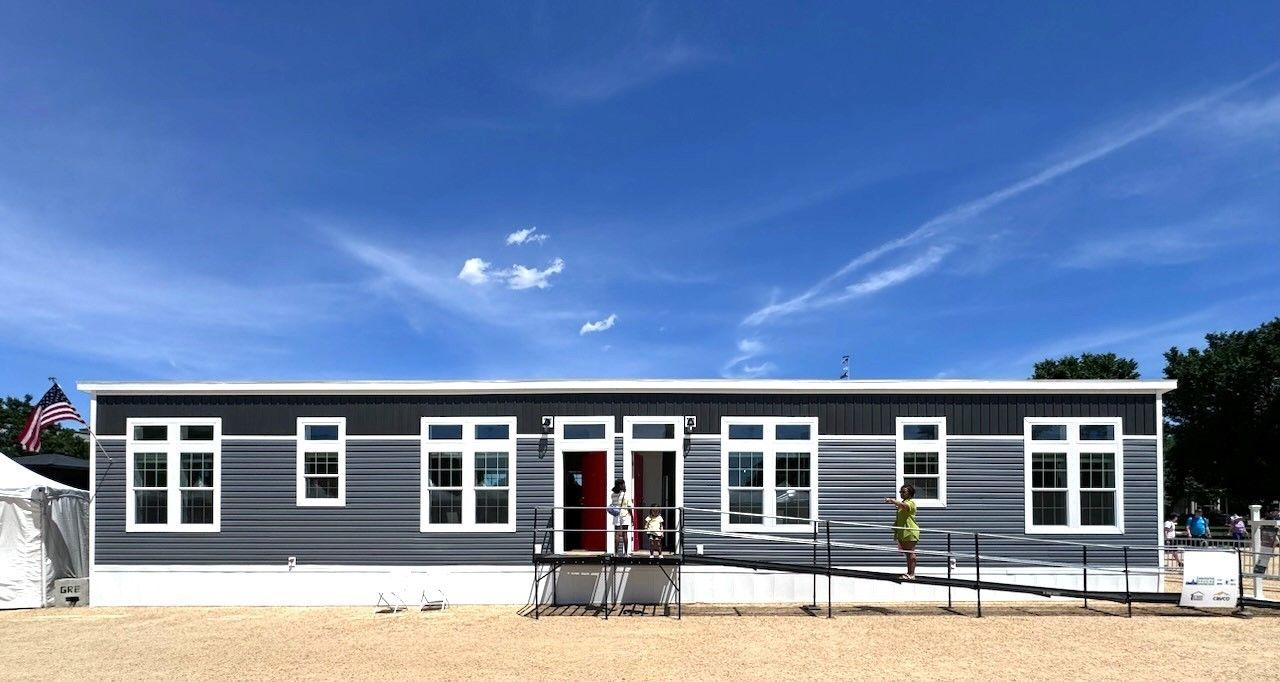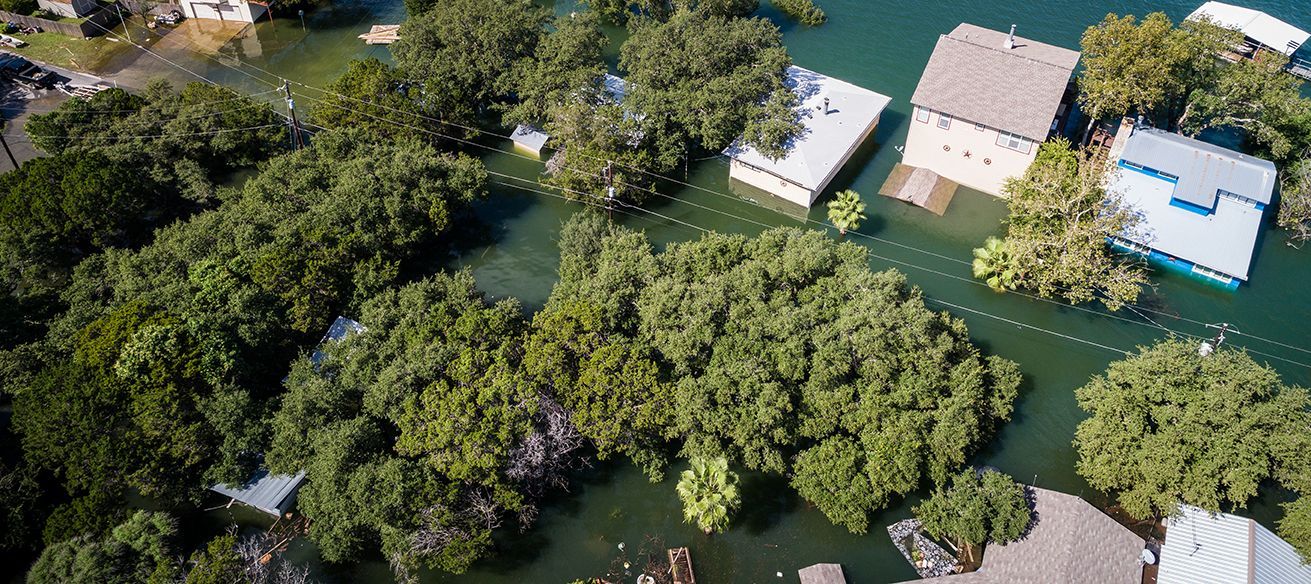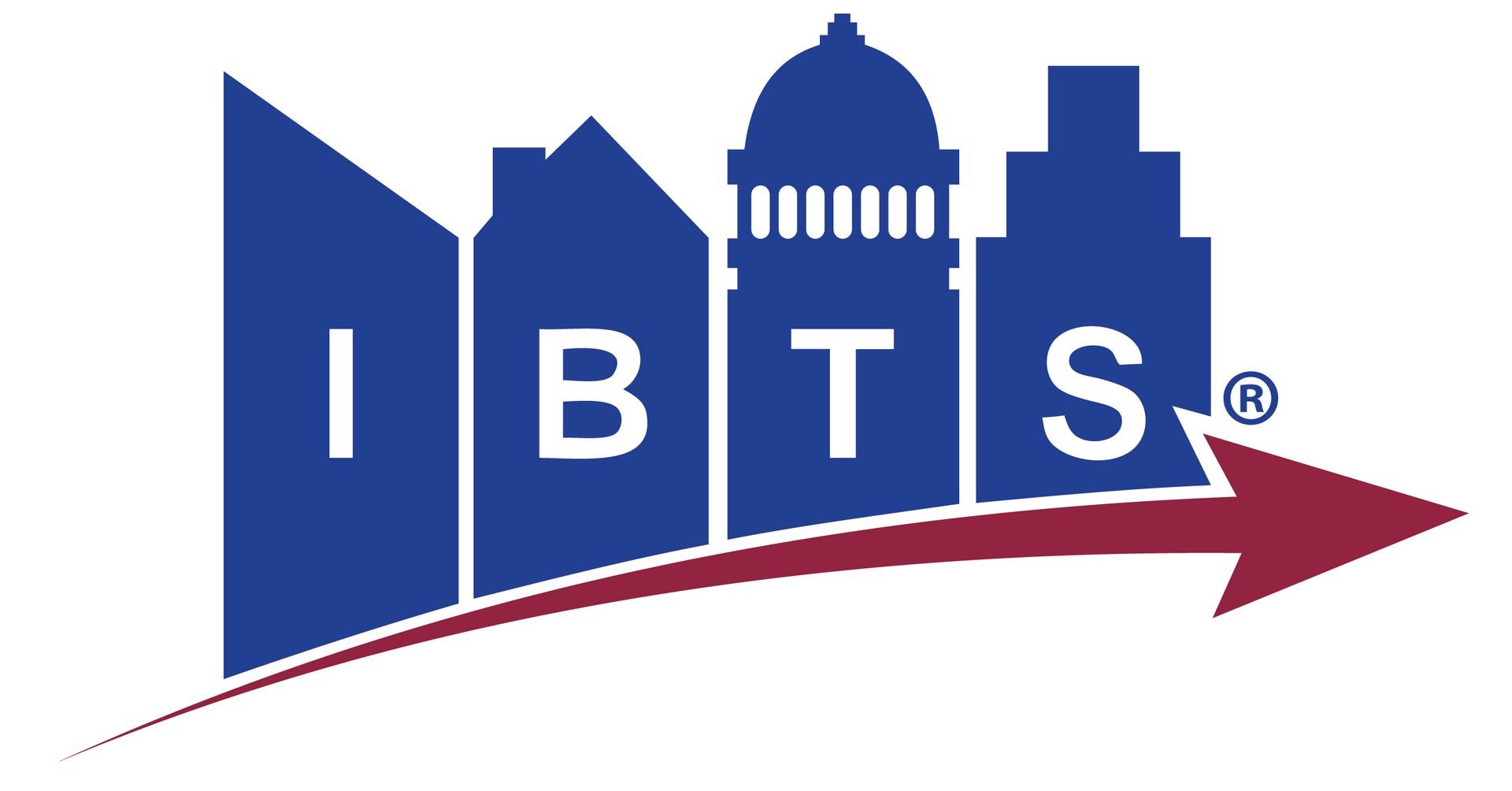HUD’s Innovative New Designs Combine the Benefits of Manufactured and Multi-dwelling Family Housing to Address Affordable Housing Needs
Share this article:
Under our contract, IBTS assisted HUD in ensuring two new home designs meet their quality and safety standards

Manufactured homes play a vital role in affordable homeownership in the U.S., providing the largest share of unsubsidized affordable housing nationwide. Recognizing this significant role, the U.S. Department of Housing and Urban Development (HUD) has been exploring how manufactured homes can help further address the affordable housing crisis. Continue reading to learn about HUD’s newest manufactured home designs and IBTS’ role in supporting the development of these important housing options.
Manufactured housing plays a crucial role in affordable housing across the U.S., offering significantly lower construction costs than traditional site-built homes. However, current single-family manufactured homes may fall short of broader affordable housing needs, as they often do not align with zoning and land-use requirements.
To address these needs, HUD’s Manufactured Housing Program has developed new designs, including multi-dwelling units and single-dwelling models that offer more flexibility than traditional manufactured homes while maintaining affordability and sustainability. HUD unveiled these options as demonstration homes earlier this year during their 2024 Innovative Housing Showcase.
When planning the demonstration homes, HUD entrusted IBTS with the complex task of conducting priority reviews to ensure they were ready in time for the Housing Showcase.
IBTS has served as HUD’s monitoring agent for its Manufactured Housing Program for more than 40 years, providing expert design evaluations and inspections of manufactured homes to ensure they meet the agency’s quality and safety standards. These standards, called the Manufactured Home Construction and Safety Standards (or HUD Code), were implemented in 1976 to ensure the safety, quality, durability, and affordability of all manufactured homes. For the new home designs, our team of manufactured housing experts provided detailed technical and programmatic reviews to ensure they met all the current HUD Code requirements. As a result, HUD can be confident that these first-of-their-kind designs are just as safe and comfortable as traditional single-dwelling manufactured homes while signaling a new chapter in affordable housing solutions.
The new manufactured home designs include a multi-dwelling, duplex-style home that accommodates families who prefer to live closer together, such as with multigenerational living arrangements. These provide cost-effective housing options and a sustainable approach to land use in densely populated areas. The attached style is a single-dwelling unit which is similar to a traditional townhome, but in this case it's a self-supporting structure that can be placed adjacent or as an addition to an existing structure. This home provides a housing solution for zero-lot-line scenarios or other boundary limitations, particularly in urban areas.
These new manufactured home designs offer several advantages:
- Economic Gains: Producing and managing multi-dwelling manufactured homes can reduce per-unit costs for construction, maintenance, and utilities.
- Community Development: Manufactured homes with dwelling units can foster a sense of community among the residents due to shared spaces that encourage interaction.
- Improved Land Use: These manufactured homes can better use available land, especially in urban areas. This helps address housing shortages without expanding urban sprawl.
- Local Business Workforce and Economic Support: Increased population density can support workforce needs and generate support for local businesses and services, fostering economic balance and growth within the broader community.
The introduction of these homes comes at a critical time, as the U.S. faces an affordable housing rental shortage of 7.3 million homes for low-income families, according to the National Low Income Housing Coalition. Beyond addressing affordable housing needs, the homes can also help pave the way for more sustainable, inclusive urban growth. For example, by optimizing land use and reducing the need for expansive infrastructure, multi-dwelling manufactured homes can contribute to the creation of more walkable, community-oriented neighborhoods. Additionally, these homes provide flexibility for residents to relocate if necessary, reflecting HUD's commitment to ensuring that affordable, quality housing is accessible to more Americans.
These two newly designed manufactured homes are available for purchase at limited locations nationwide.
To learn more, contact James Turner, IBTS' Federal Services Director at jturner@ibts.org





